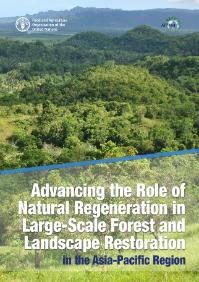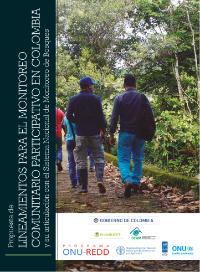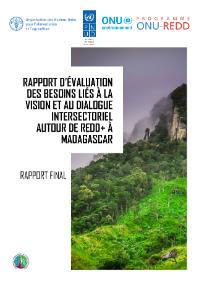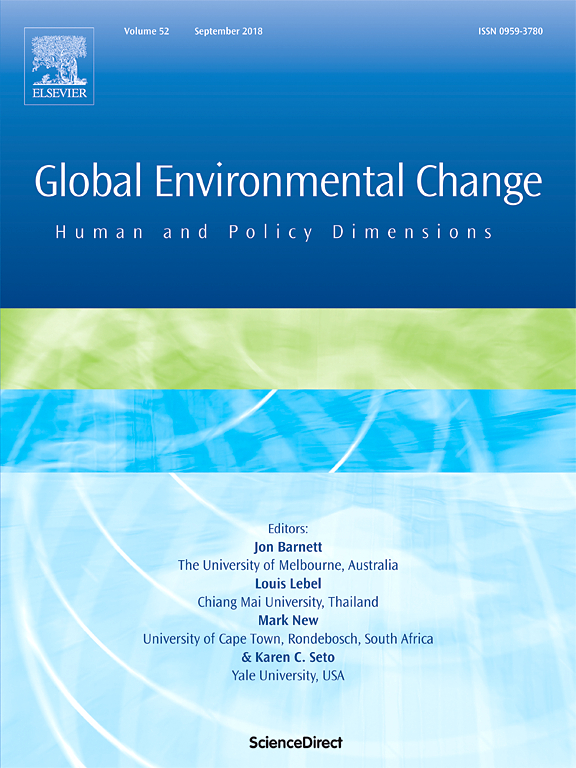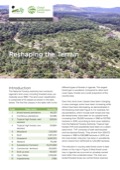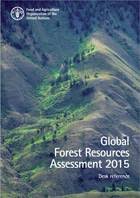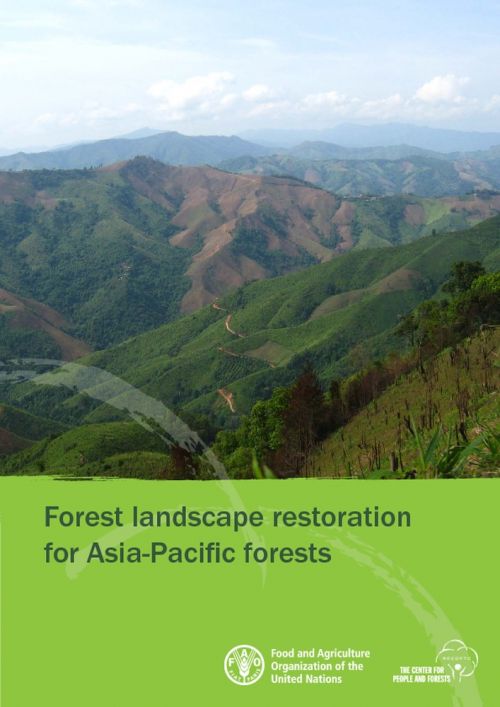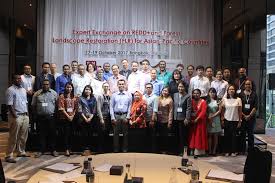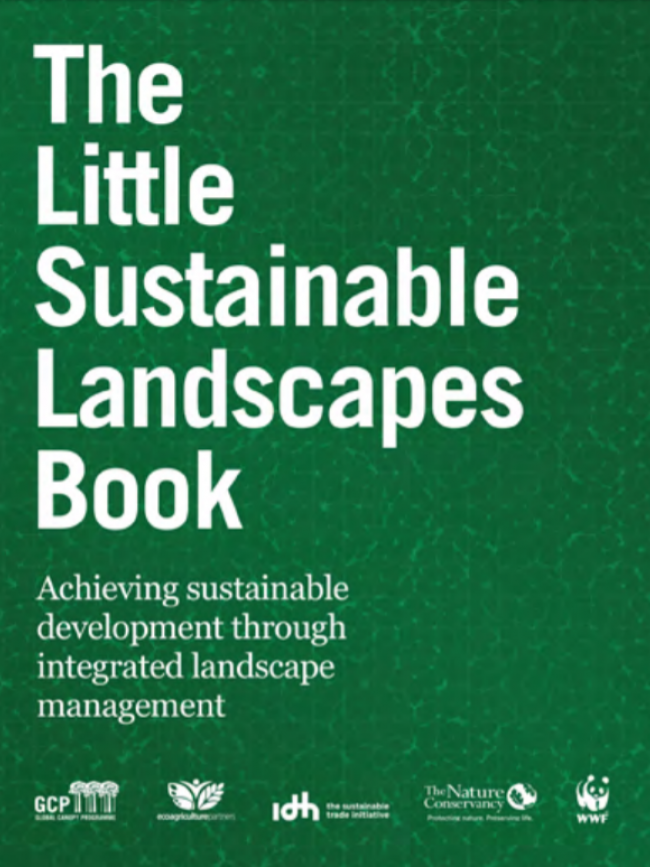Advancing the role of natural regeneration in large-scale forest and landscape restoration in the Asia-Pacific region
There are numerous global, regional, national and even subnational targets for increasing forest area and forest restoration. In light of these global targets and emerging ambitious national commitments, it is imperative to develop low-cost strategies and techniques for landscape restoration. The most widely used restoration strategies involving planting of tree seedlings are often costly and their application for restoring vast expanses of degraded forest lands in the region may be limited.

